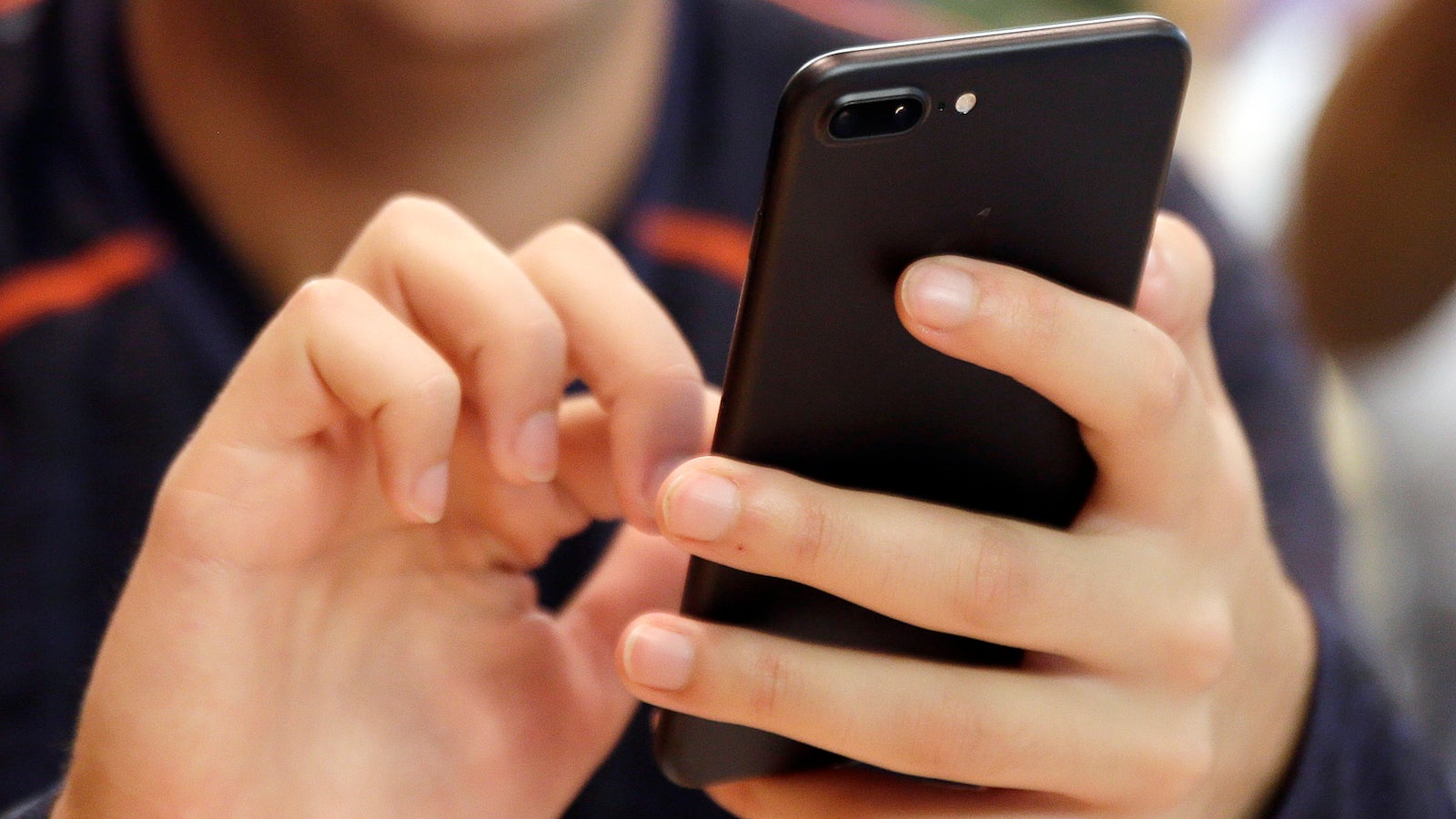Turn off your iPhone notifications, and more ways to beat Apple and get your life back
I love my iPhone. But I also can’t trust myself around it. Everything about it seems designed to get me to stop paying attention to my two-year-old’s rapidly improving enunciation skills (“Pwez-ident Obama”) and lavish all my attention on a tiny rectangular screen. So I’ve taken it upon myself to find ways to fight back.


I love my iPhone. But I also can’t trust myself around it. Everything about it seems designed to get me to stop paying attention to my two-year-old’s rapidly improving enunciation skills (“Pwez-ident Obama”) and lavish all my attention on a tiny rectangular screen. So I’ve taken it upon myself to find ways to fight back.
The most recent challenge emerged after Apple’s recent release of iOS 10, its newest mobile operating system. I noticed the most annoying change right away: rich notifications—that is, notifications that you can see and respond to right from your lock screen.
The serenity of my lock screen had morphed into a cluttered space demanding that I tap, swipe and react. Now Apple allowed me to set up widgets for my apps on the lock screen, stream Apple News stories (about 90% of which were about Donald Trump), and respond to iMessages adorned with animated GIFs and stickers.

Apple’s motivations for the change are clear: claiming more lock-screen real estate boosts engagement, which, in turn, boosts profits. That’s a reasonable business strategy. But what I actually want is less engagement. My brain is tired from consuming too many empty information calories. I frequently feel out of touch with the present moment, absorbed in things I don’t really care about—from rapid-fire texts coordinating a group dinner to the fact that a new Tim Ferriss podcast is available for download.
I know that I’m hardly alone in these feelings. Even Kanye West has had enough.
I got rid of my phone so I can have air to create
— KANYE WEST (@kanyewest) September 14, 2016
Since Apple wants us to lose ourselves in our phones, it’s up to us to take some steps to minimize distractions. Here are four of the hacks that have helped me gain more control over how, and when, I use my phone:
1. I’ve disabled TouchID and created a ridiculously long and complex password. (It looks something like like K1mK@rd@5hi@n.) Because it’s a hassle to unlock my phone, I’m prevented from consuming “empty information calories” in elevators, Starbucks lines, and urinals (did I just admit that?).
I can still listen to podcasts and audiobooks from the lock screen, but I can’t mindlessly start scrolling through Instagram or Twitter—which unquestionably improves my focus. Most importantly, my wife and daughter love me more. There are so many seemingly ordinary moments as a parent when the temptation for me to pick up my phone is strong. But getting lost in the internet can mean missing out on the small, unexpected joys—and accidentally losing her at the playground while crafting the perfect tweet.
2. I’ve turned off virtually all notifications and badges for email, Slack, social media networks and other apps. The fact is that there are pretty much always emails, messages and some combination of likes/hearts/retweets awaiting us. I don’t need to know about each one as soon as it happens. This restores my intentionality about when I check each app—and trust me, you never “forget” to check email. I only keep badges for my Phone and iMessage apps, so that I’m available to my family.
Rest assured, I still get a dopamine hit when I finally check social media and see a deluge of new messages. But I also get the reassuring sense that I didn’t miss that much. This has shown me that my expectations of how quickly I need to respond to communication are largely self-imposed—and unnecessarily stressful.
3. I’ve removed all of the widgets from my lock screen, except for the Weather. Apple News keeps getting better, but I don’t need more streaming information.
4. And when I really need to get stuff done, there’s always airplane mode for an extra set of shackles. Some fervent productivity enthusiasts have been known to book long flights to get deep work done—but I’ll wait for iOS 11 to consider such extremes.
It’s ironic to create hacks that reverse innovation. But I need to reclaim some personal space. Kanye, if you’re reading, and you want your phone back—give it a shot.